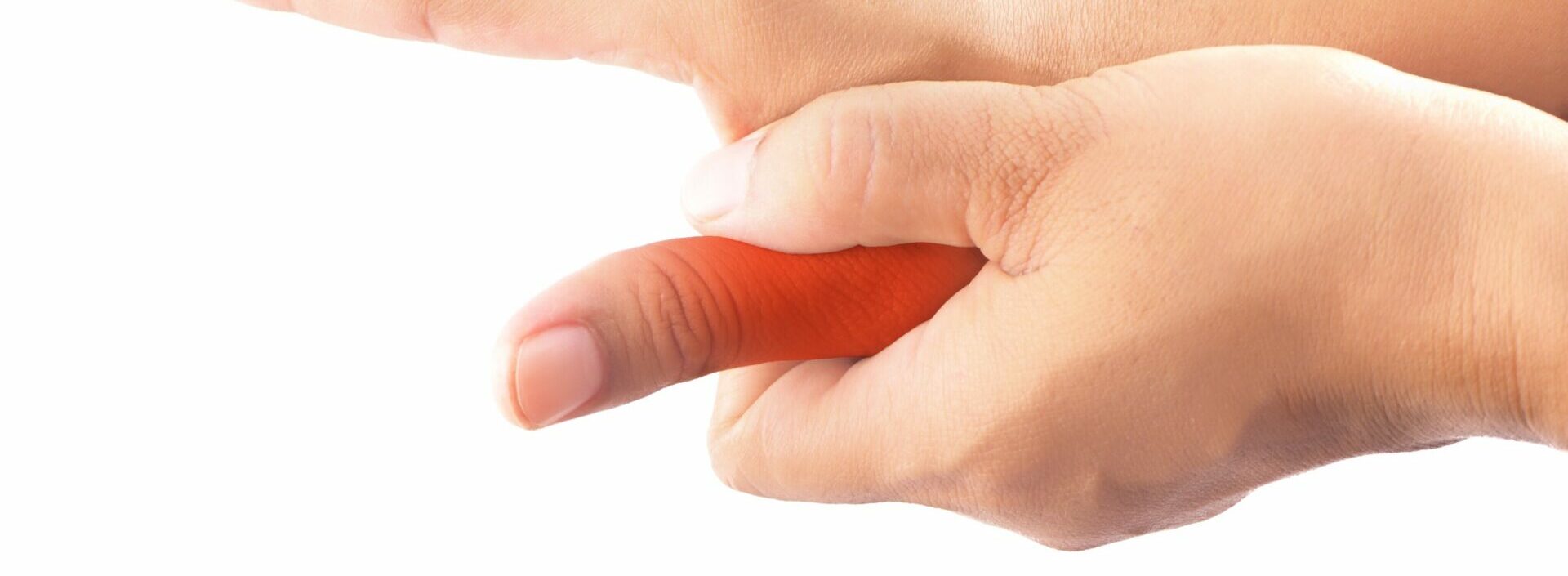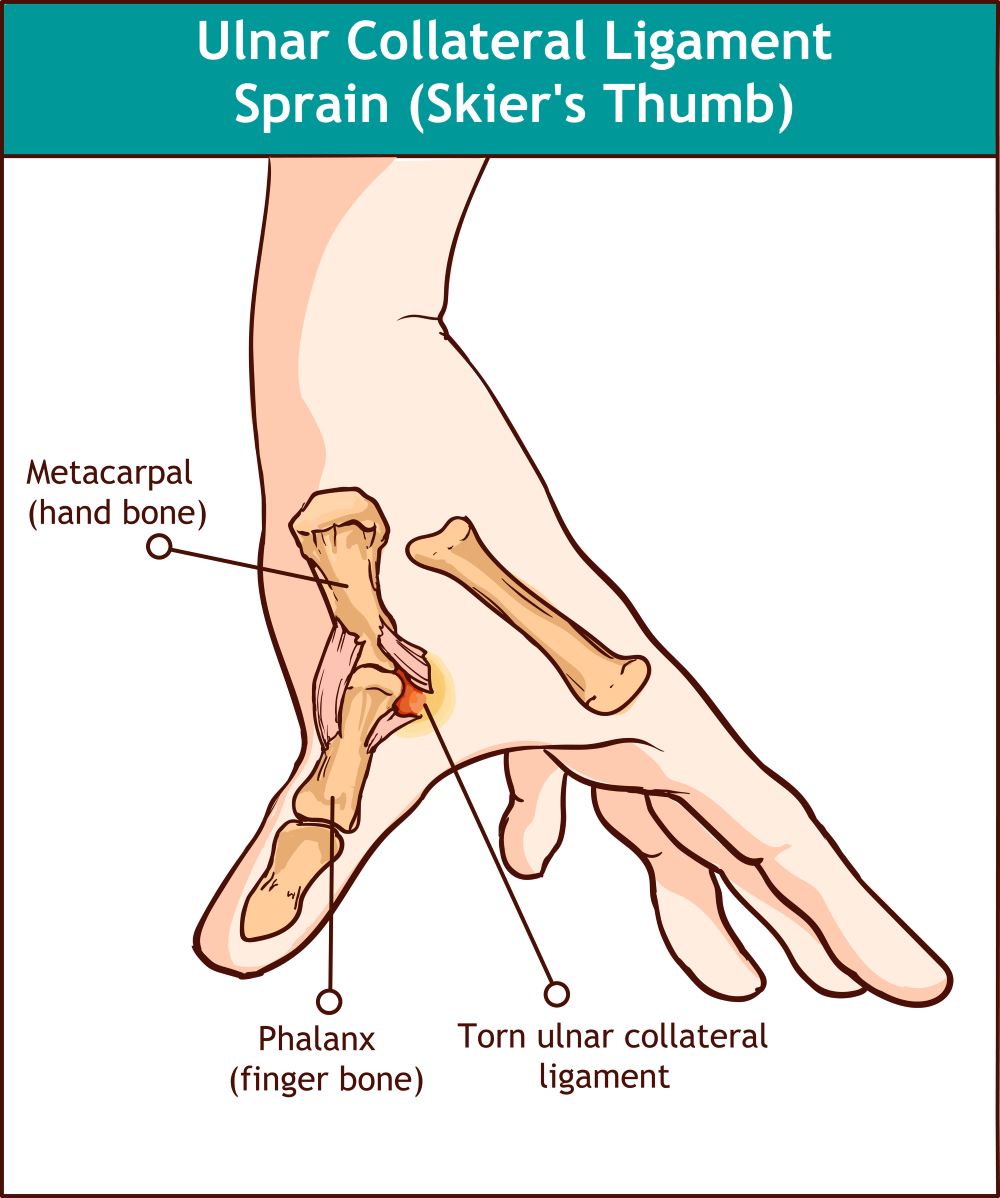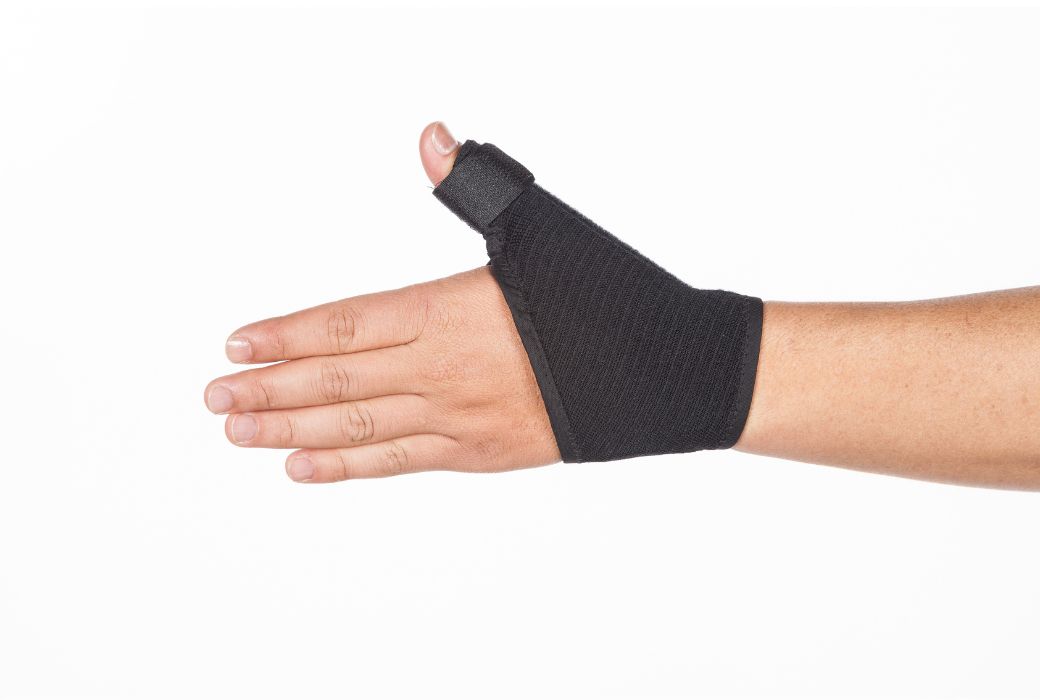Non-operative treatment
For thumb ligament injuries (ulnar or radial collateral ligament) where the ends of the ligament are still in contact or close proximity, treatment in plaster for 6-8 weeks will be required.
Operative treatment
The majority of complete ulnar collateral ligament injuries to the thumb are treated operatively. Once the ligament snaps one part of the torn ligament can flip onto the wrong side of a nearby tendon. This prevents the ligament ends from healing directly to each other.
The surgery is a day-case procedure usually under general anaesthetic and takes about 30 minutes. A tourniquet is used; which is like a blood pressure cuff around the upper arm that prevents blood from obscuring the surgeon’s view. The ligament is repaired to its bony origin using a bone anchor. The repair is then protected by putting the thumb in a plaster.
If surgery is your route, you’re in good hands with Ladan Hajipour. Ladan Hajipour is a Manchester hand surgeon with over 10 years of experience in this field. Rest assured you will be given the best quality care and aftercare.



